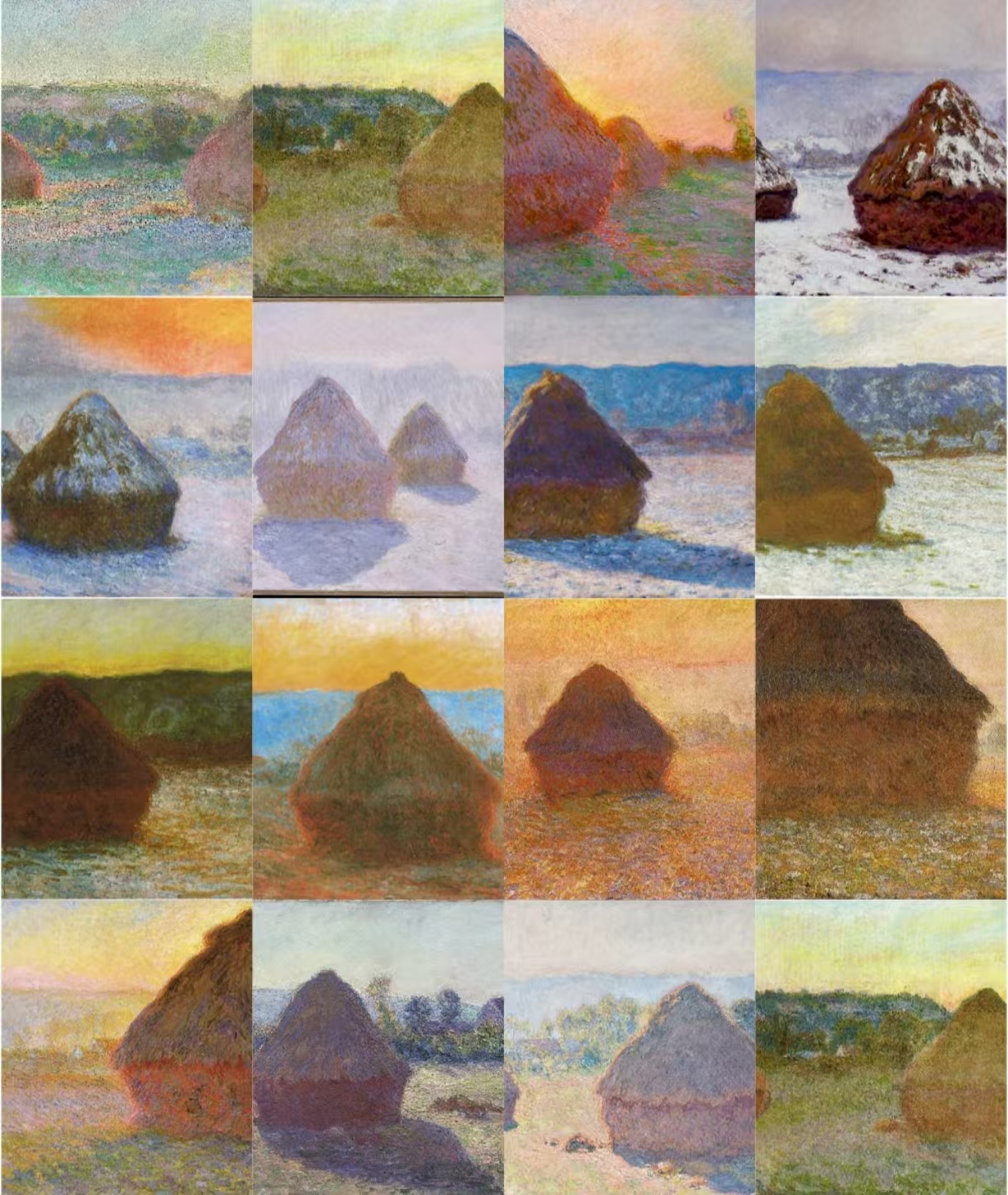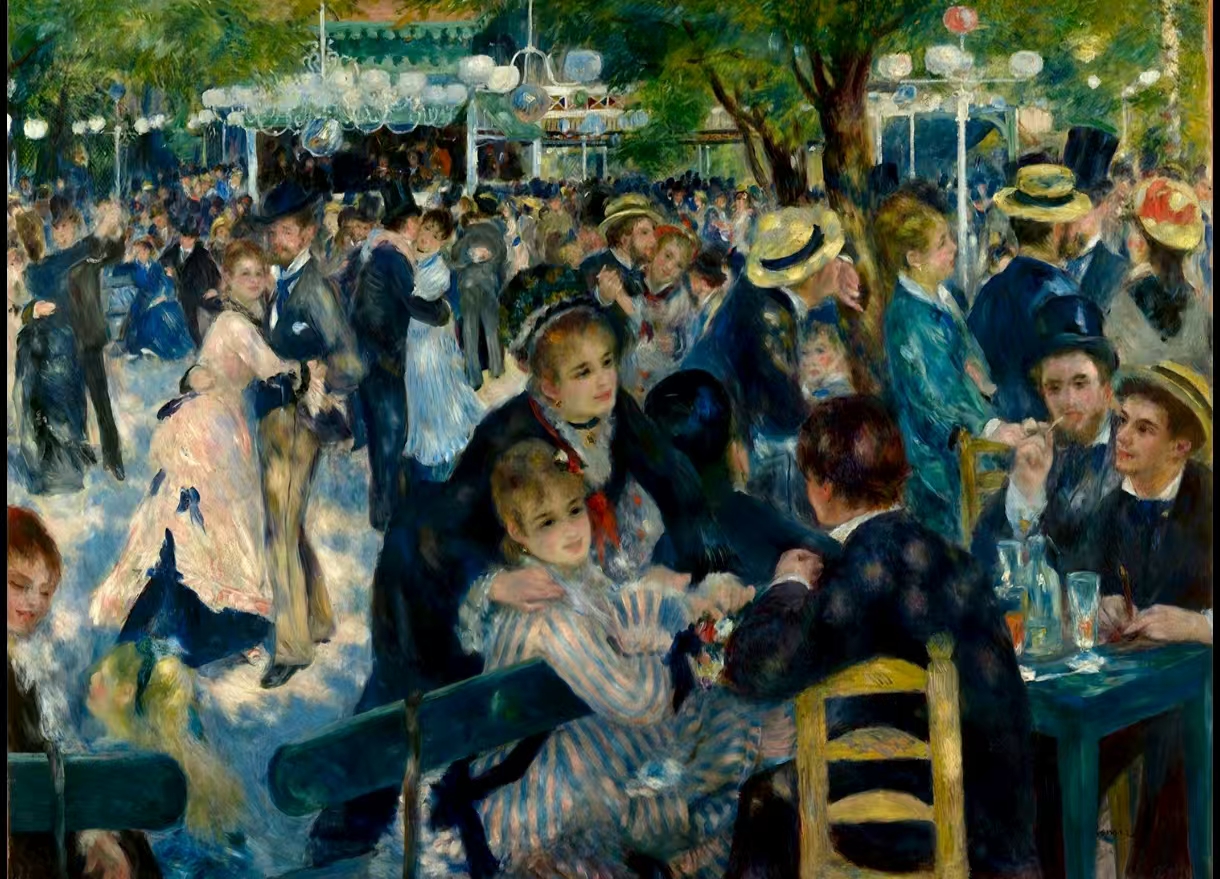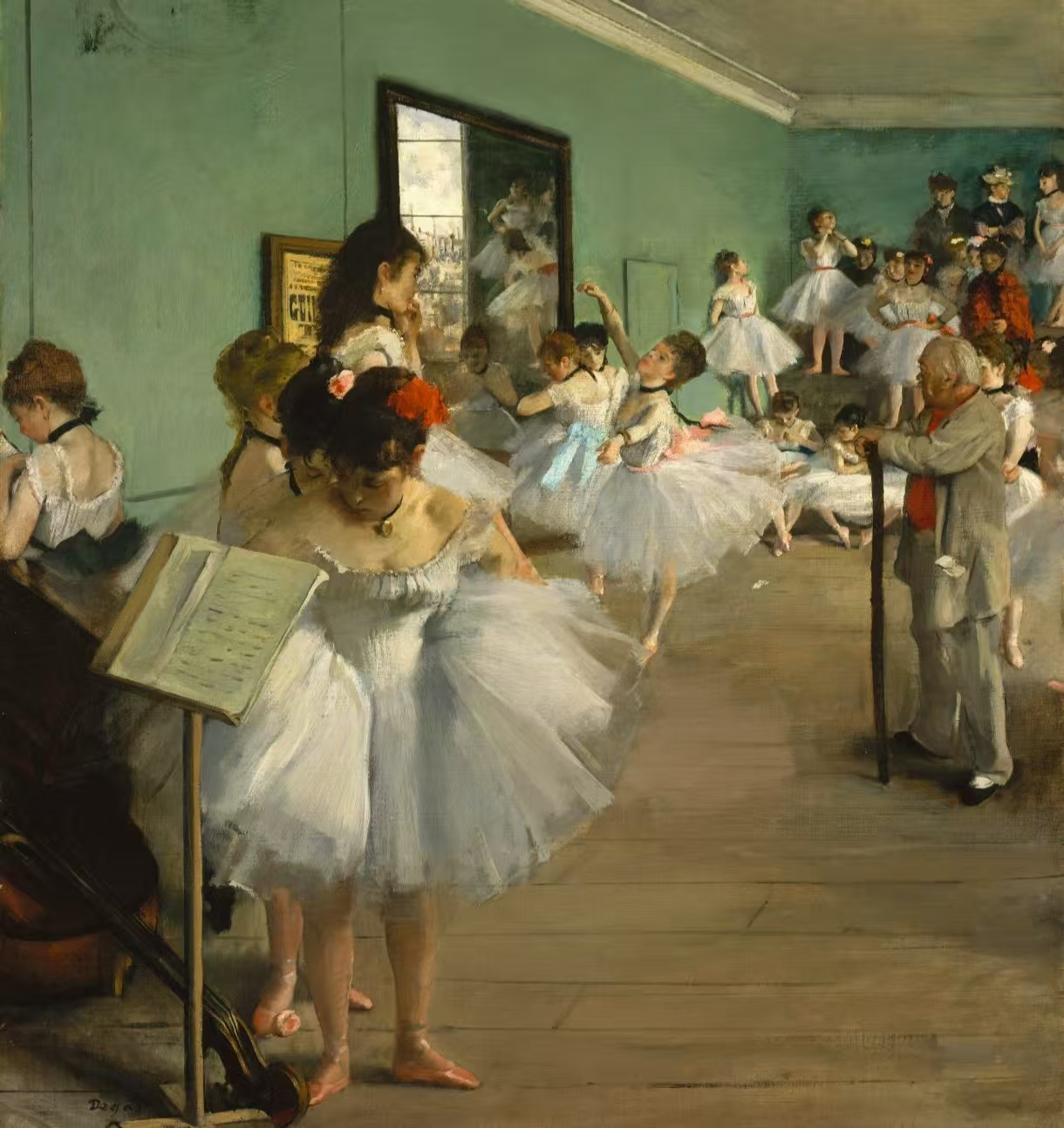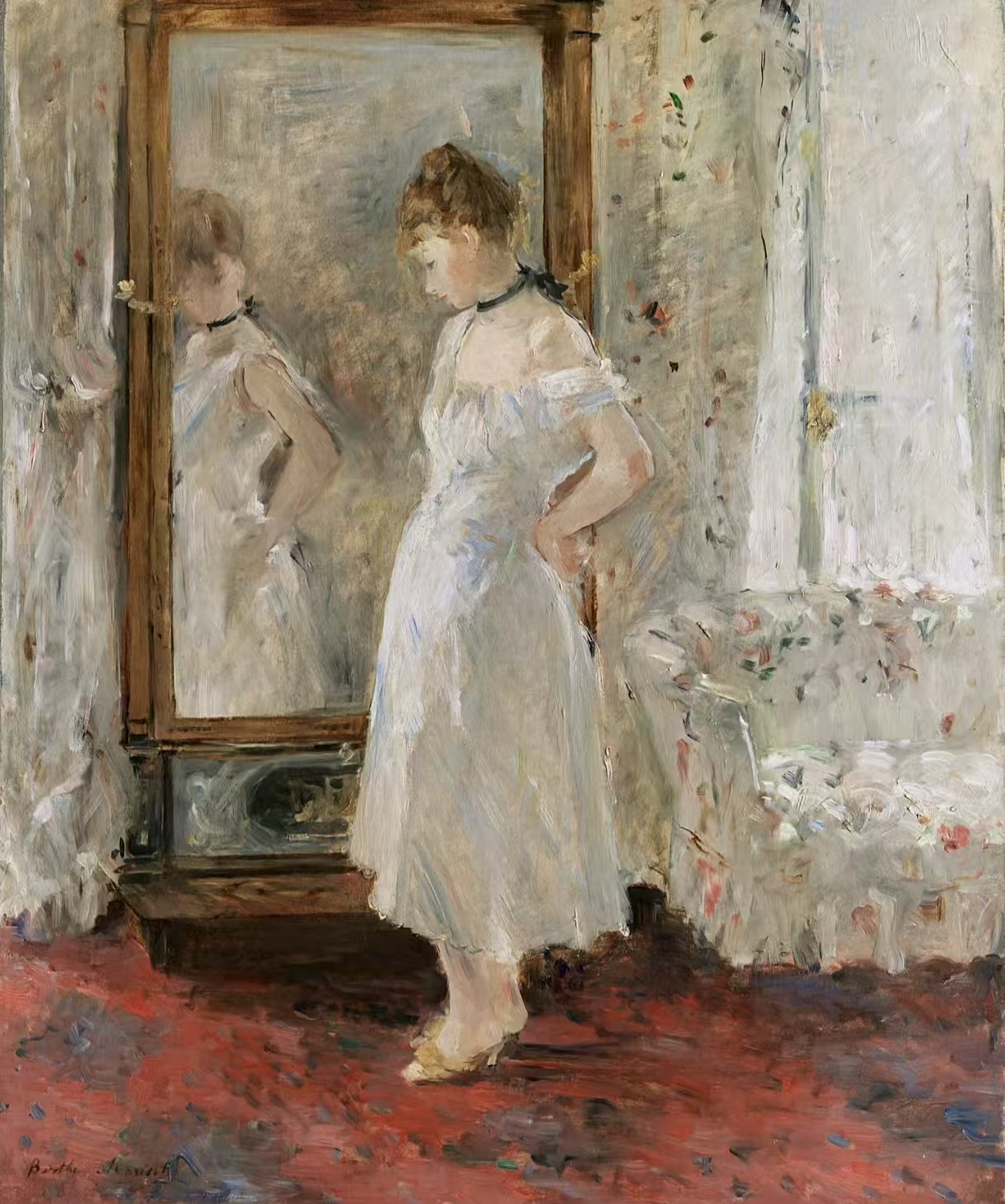Impressionism is one of the most cherished movements in Western art, celebrated for its vibrant colors and fleeting glimpses of everyday life. Born in 19th-century Paris, it challenged artistic norms and reshaped how we perceive the world through paint. This guide explores the essence, origins, characteristics, key artists, and lasting impact of Impressionism, inviting you to see the world through its luminous lens.
At its heart, Impressionism is about capturing the moment—the way light dances on water, the buzz of a crowded boulevard, or the shifting hues of a sunset. Unlike the polished historical scenes favored by the Paris Salon, Impressionist artists prioritized the sensory experience over meticulous detail. They painted what they saw and felt in an instant, using loose brushstrokes and vivid colors to translate optical sensations directly onto the canvas. This focus on subjective perception made Impressionism a bold departure from tradition, emphasizing the act of seeing itself.
"Impressionism is the art of painting a moment as it feels, not as it is."
— Inspired by Claude Monet’s approach to capturing fleeting light.
Impressionism emerged in Paris during the 1860s and 1870s, a time when young artists grew frustrated with the conservative Paris Salon’s rigid standards. Inspired by Realists like Gustave Courbet and the Barbizon School’s naturalistic landscapes, painters like Claude Monet, Pierre-Auguste Renoir, Camille Pissarro, Edgar Degas, Berthe Morisot, and Alfred Sisley sought new ways to depict the world.
The term “Impressionism” came from Monet’s painting Impression, Sunrise (1872), mocked by Leroy as merely an “impression” rather than a finished work. The artists embraced the label, turning criticism into a badge of defiance.
Impressionism developed a distinctive visual language that set it apart from academic art. While each artist brought their unique style, shared traits defined the movement:
• Light and Atmosphere: Paintings capture the transient effects of natural light, from dawn’s glow to stormy skies, emphasizing how light alters color and form.
• Visible Brushstrokes: Instead of smooth blending, artists used quick, distinct strokes or dabs of pure color to convey energy and immediacy.
• Vibrant Color: Drawing on color theories (e.g., Chevreul’s), Impressionists applied unmixed paints, using complementary colors (like orange beside blue) for luminosity. Shadows shimmer with blues, purples, and greens, never black.
• Modern Life: Scenes of urban cafés, suburban gardens, or rural labor replaced mythological or historical subjects, celebrating the everyday.
• Open Compositions: Inspired by photography and Japanese prints, artists used cropped views, unusual angles, and asymmetry to mimic spontaneous glimpses of reality.
• En Plein Air: Painting outdoors became a hallmark for many, allowing direct observation of light and nature’s fleeting effects.
Impressionism’s pioneers each brought distinct perspectives, yet shared a commitment to capturing life’s fleeting beauty. Here are four key figures and their signature works:
Monet’s obsession with light led to iconic series like his haystacks and Rouen Cathedral, painted under varying conditions. His later Water Lilies (1890s–1926) series, depicting his Giverny garden, dissolves form into pure color and reflection, epitomizing Impressionism’s essence.

Renoir’s joyful paintings radiate warmth, with feathery brushstrokes capturing dappled sunlight on skin and fabrics. His Dance at Le Moulin de la Galette (1876) vividly portrays a lively Parisian dance garden, buzzing with movement and sociability.

Degas focused on modern life’s motion—dancers, laundresses, and café singers—often under artificial light. His The Ballet Class (c. 1871–1874) captures dancers in candid moments, blending dynamic composition with meticulous draftsmanship.

As the first woman to exhibit with the group, Morisot brought sensitivity to domestic scenes and feminine spaces. Her Summer’s Day (1879) portrays two women boating, with fluid brushwork evoking light and leisure.

Impressionism’s impact was profound, shattering academic conventions and opening doors for modern art. By valuing subjective perception, vibrant color, and everyday subjects, it inspired Post-Impressionists like Van Gogh and Cézanne, and later movements like Fauvism and Abstract Expressionism. Its focus on light’s fleeting beauty—whether on a water lily pond or a bustling street—taught artists to find the extraordinary in the ordinary.
Impressionism invites us to pause and see the world anew, to notice the shimmer of light or the energy of a moment. It’s a reminder that art is not just about what we see, but how we experience it. From Monet’s serene gardens to Renoir’s lively dances, Impressionism continues to inspire, encouraging us to embrace the beauty of the fleeting.
Hi, I’m Philo, a Chinese artist passionate about blending traditional Asian art with contemporary expressions. Through Artphiloso, my artist website, I share my journey and creations—from figurative painting and figure painting to floral oil painting and painting on landscape. You'll also find ideas for home decorating with paint and more.

A group of artists including Claude Monet, Pierre-Auguste Renoir, and Edgar Degas led the movement, seeking new ways to capture light and modern life outside academic tradition.
Impressionism began in Paris during the 1860s, with its first group exhibition held in 1874 at photographer Nadar’s studio.
It’s characterized by capturing light and atmosphere, using visible brushstrokes, vibrant unmixed colors, modern life subjects, and open, snapshot-like compositions.
Its loose brushwork, bright colors, and focus on everyday subjects were seen as crude and unfinished by the conservative art establishment.
It paved the way for Post-Impressionism, Fauvism, and early abstract art by prioritizing color, light, and subjective experience.
